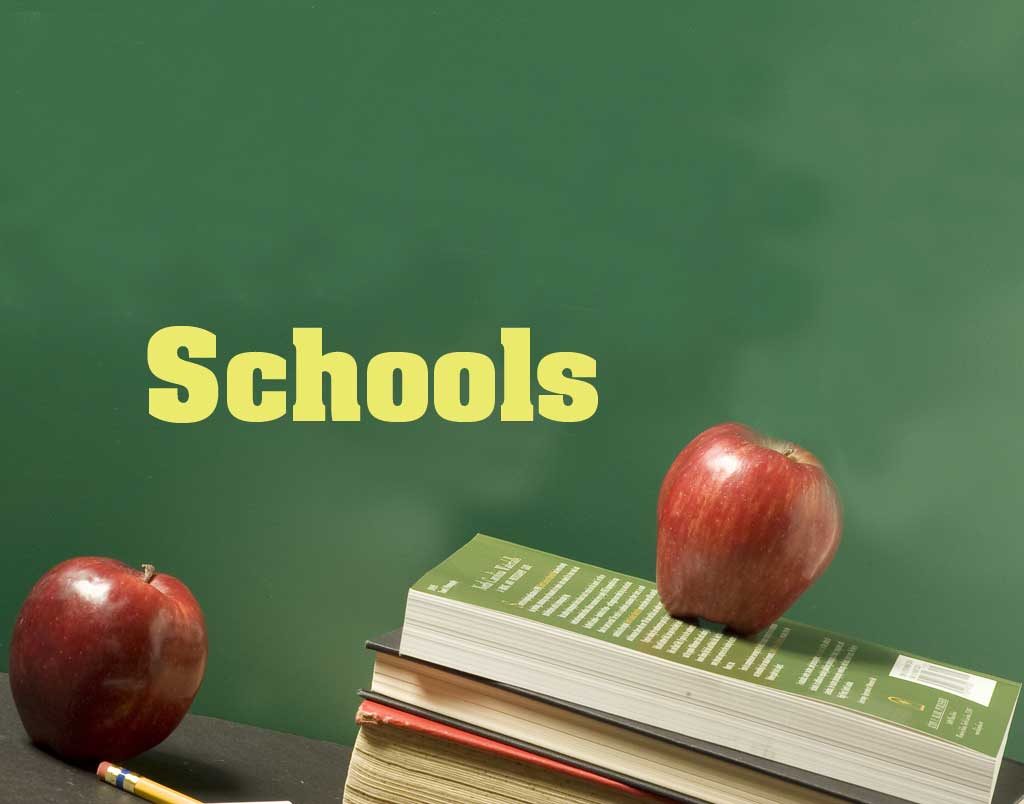Gov. Phil Murphy, New Jersey Department of Education (DOE) Acting Commissioner Dr. Angelica Allen-McMillan and New Jersey Department of Health Commissioner Judy Persichilli have announced a series of coordinated recommendations and guidance documents to assist school districts and educators as they develop local reopening plans for the 2021-22 school year.
All public school districts in New Jersey are expected to provide full-time, in-person instruction for the 2021-22 school year, according to a press release from the Governor’s office.
The guidance includes health and safety recommendations that provide strategies to reduce risks to students and staff from COVID-19, while still prioritizing full-time, in-person learning; a self-assessment of district readiness to accelerate learning and to provide supportive school climates; and a compilation of specific, research-backed priorities and practices to accelerate learning, according to the press release.
“The recommendations … will provide school districts with a roadmap to bring students and staff back to safe, enriching school environments,” Murphy was quoted as saying in the press release. “This guidance will help districts and educators develop plans to meet their students’ educational, social, emotional and mental health needs.
“Our students and educators have displayed amazing resiliency during the pandemic and I am pleased the upcoming school year will provide a sense of normalcy that students have not had since March 2020,” he said.
“While this guidance will help schools plan for fall, the best way to keep schools open and safe is to get vaccinated,” Persichilli said. “Now is the time for parents of children between the ages of 12 and 17 to schedule a COVID-19 vaccine appointment to allow enough time for that second shot before school starts.”
The strategies provided by state officials are recommendations, not mandatory standards, according to the press release. The absence of one or more of the strategies that have been provided should not prevent school facilities for opening for full-day, in-person operation.
The strategies and procedures include, but are not limited to:
• Maintaining physical distance between students to the extent practicable;
• Interventions to aid with social distancing include facing desks in the same direction and avoiding group seating arrangements;
• Putting procedures in place to identify and respond to a student or staff member who becomes ill with COVID-19 symptoms;
• Maintaining close communication with local health departments to share information and resources about COVID-19 transmission, prevention and control measures, and to establish procedures for notification and response to illness.
Updated Centers for Disease Control and Prevention guidance on masking in this setting is expected prior to the start of the 2021-22 school year and will factor into the final recommendations from the state for masking this fall, according to the press release.
However, barring a significant change in health metrics, school district administrators will be able to determine masking policies at the local level.
Regardless of the district’s policy on masking, school administrators cannot prevent students or staff members from wearing a mask if those individuals choose to do so, according to the press release.
The DOE is releasing a self-assessment tool school districts may use to develop and implement interventions needed to successfully transition to full-time, in-person learning.
Additionally, DOE is releasing a guidance document that will complement the self-assessment by providing specific research-based principles and strategies to accelerate learning and prepare students for the new school year.
This resource is designed not only to help recover from COVID-19, but as a long-term, comprehensive framework that anchors districts’ academic, social and behavioral interventions to the common purpose of promoting global competitiveness for all students, according to the press release from Murphy’s office.

